“How many names does it need?” I asked.
“I don’t know,” admitted my gardening friend (who loved all manner of trivia). “But this plant has quite a few — dragon flower, snapdragon, toadflax, dog flower — not sure about the last two, but I have to agree the face of the flower looks something like a dragon.”
“I prefer Snapdragon, its more common name. I used to love squeezing the flower to open and close its mouth.”
“Antirrhinum derived from the Greek. It means calf snout” (always in the know).
Like I said, I prefer the name snapdragon. They make a wonderful addition to my ornamental garden, where we were admiring their profuse growth.
Too bad they’re mostly annuals — though they sometimes come back a few years in a row, making them somewhat perennial. And they seed themselves. When I lived in British Columbia, I had a huge display of snapdragons that grew for years without dying out in winter. The plants grew almost as tall as me and were so full of flowers, they almost appeared like a shrub. Of course, the climate was more temperate, and we never really had winter there. At least, not when I lived in Victoria.
Snapdragons are perhaps, one of the most popular garden flowers. They’re easy to grow and even though they’re considered annuals, they do manage to reproduce and spread over the garden area.
Description
Antirrhinum majus are also known as dragon flowers, and come in a wide range of colors. The colors range from pale to deep pinks, coral, blood red, yellow, orange, purple, white and even bicolor. An added bonus is the smell: Dragon flowers have a slightly sweet smell that attracts the bumblebees.
The stems are usually short (11 inches in height), but in some growing areas where the temperature is warmer most of the year, the plants can grow quite tall (up to 3 feet) and bushy. The leaves are small, short, narrow, and cover the entire length of the stem. Clusters of flowers grace the tops.
The flowers, also small (though again, in some climates, the flowers can be large), tubular, and somewhat symmetrical.
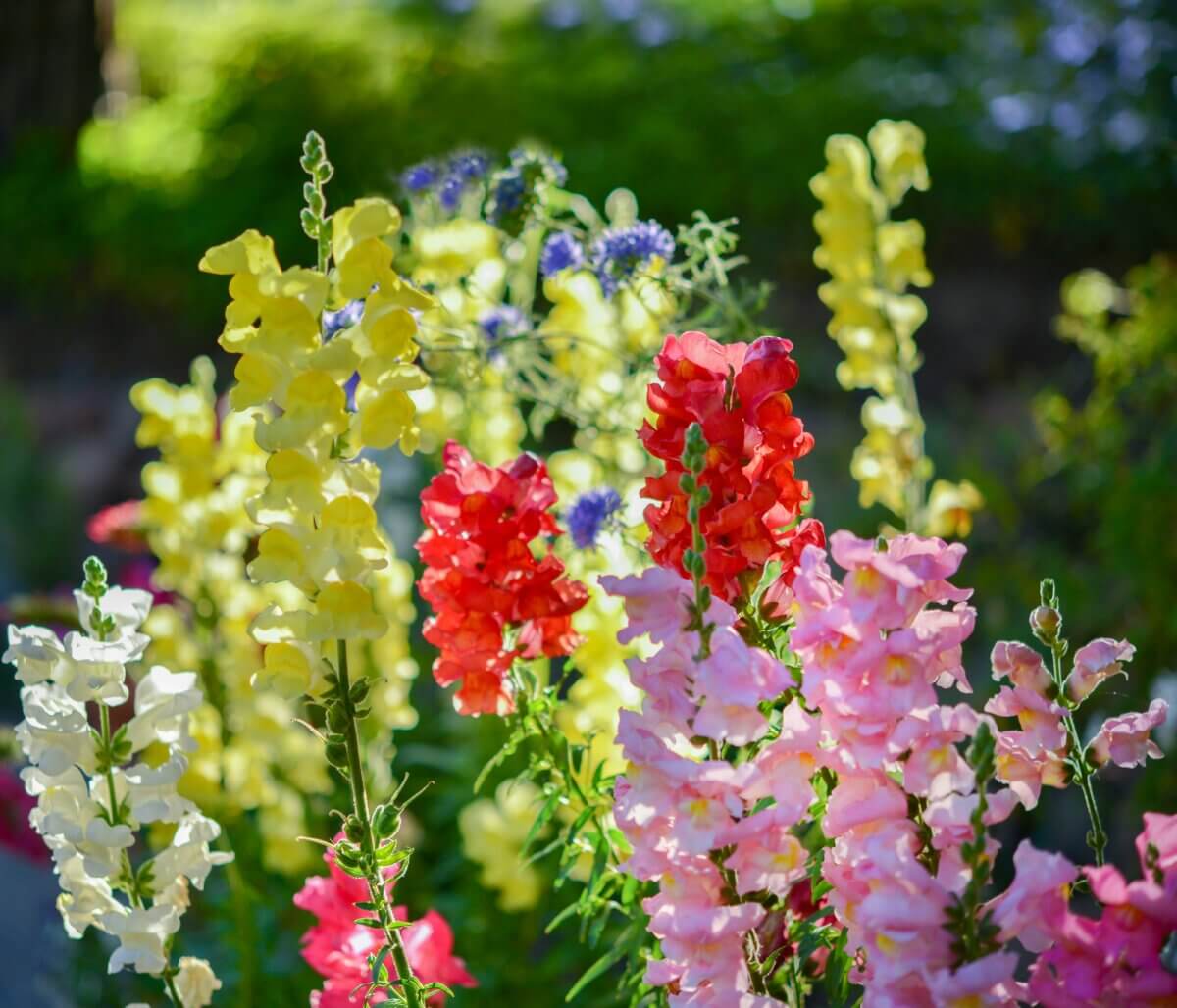
There are even double flower varieties. Their shape resembles a closed mouth with protruding lips, almost like the mouth of a dragon (hence the popular names). If you gently squeeze either end of the ‘lips’ the mouth will open. This is a protective feature for the plant, as it prevents destructive insects from invading the blooms. However, bumblebees, the main pollinator of dragon flowers, are strong enough to force the lips open to extract the pollen.
It is not unusual for dragon flowers to change colors from one year to the next. The natural resowing of dragon flower seeds can also change the overall appearance.
Symbolism
Dragon flowers have different meanings. By concealing the flower, it apparently makes a person appear fascinating and cordial. So the flower symbolizes both deception and graciousness.
Natural Habitat
Dragon flowers are native to rocky terrain in parts of Europe, North America, and North Africa, including the Mediterranean. They don’t survive frost and die out when temperatures drop below minus 4 degrees Celsius, making it primarily an annual plant in most of its growing areas.
Growing Conditions
This is a low maintenance plant. In hot weather, it’s a good idea to water the dragon flowers during the cooler evening hours, and deadheading dying or faded flowers will promote the growth of new blooms. The plant does well over mild winters. To protect it from harsher climates, including hot summers, cover the entire plant with a thick layer of dried leaves (the best and cheapest type of mulch).
Fertilizer can be added during the flowering season, but I’ve never found it necessary. If you’re planning to start a new patch of dragon flowers, it’s safe to start early in the season, as this plant can tolerate light frost.
Dragon flowers do well in full sun with well-drained soil. To encourage a bushier plant, clip the top stems and any long side shoots. The plant will then produce more flowers and add to its attraction.
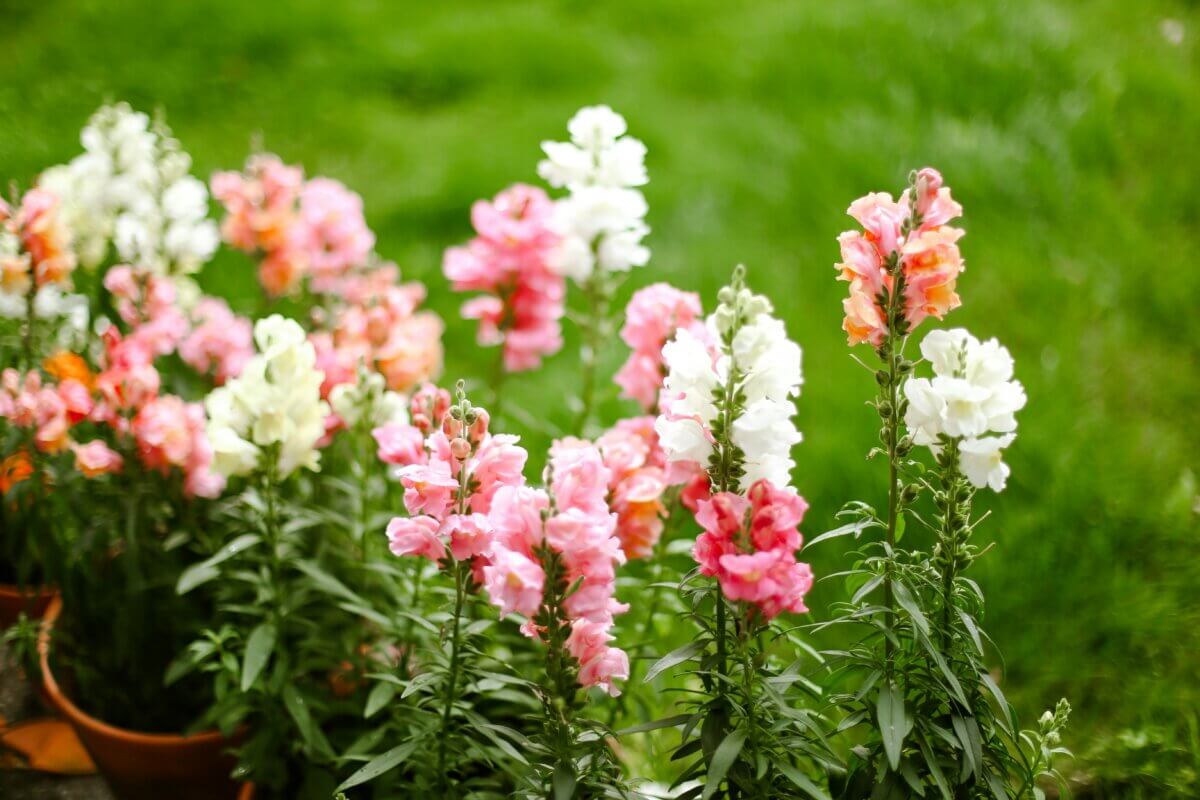
Tall varieties of dragon flowers may require some staking to keep the stems straight, and support the weight of the flowers. Cut back the plant by a third once the flowers start to fade in the intense summer heat. Cutting will ensure more flowers as the cooler temperatures of autumn prevail.
Water regularly, about an inch of water every week during periods of little rain. Water from above the plant and more directly at the crown. Allow the plant to dry out between waterings and mulch (dried leaves always make a great mulch).
One thing to note is that dragon flowers are short-lived, but with time and proper care, you will find a beautiful plant with infinite uses.
Companion Plants
Dragon flowers complement just about any garden space. They’re even good for vegetable patches as the scent attracts bees and other pollinators. For a showy display, intermingle with Angelonia, a similar heat-loving genus.
Pests and Diseases
For a sun-loving plant that thrives in an area where deer love to nibble, dragon flowers are remarkably deer resistant. Planting these flowers in areas frequented by deer helps deter deer from companion plants in the general vicinity.
Like many other flowers, dragon flowers are prone to various sap-sucking insects that can do considerable damage to the both plant as a whole and the flowers. Among these bugs are aphids, mites, mealybugs, and whiteflies. They can disfigure both leaves and flowers, as they often feed on the buds. In addition, spider mites pose a problem, as they like to make their home on the undersides of plant leaves and puncture the plant cells to feed.
Treat the problem as you would with any other plant similarly infected. Insecticidal soaps are usually the best option available, although I can remember my grandmother dumping the used dishwater on her plants to rid them of nasty bug infestations (of course, this was long before the dishwasher).
There are fungal infections, such as rust fungus, that also cause considerable damage to dragon flowers. Sometimes, these infections will kill off the plant. Antirrhinum rust is the worst. When infected, you will notice dark brown spore pustules on the undersides of the leaves. If untreated, these brown spores will start growing on the stems of the plants, making them droop and, eventually, die. The only treatment for this is an anti-fungal spray.
There is also a gray mold that infects dragon flowers, turning the flowers into a papery brown before they’re covered with gray, fuzzy masses.
Culinary Uses
I never realized the dragon flowers were edible. In fact, some high scale restaurants use the flowers as a garnish for specific dishes, to decorate cakes and desserts, and even float them in drinks. There is a slight chicory flavor to dragon flowers, though some might call it bitter or spicy. They go well with salads and canapés. Stuff the flowers with cream cheese or guacamole to make a unique hors d’oeuvre.
Toxicity
Dragon flowers are not poisonous to either humans or animals. As mentioned, the flowers are edible. That being said, like anything else, if you eat too much, you may end up with an upset stomach.
Dragon flowers, snapdragons, or whatever unique name you want to call these charming flowers of the summer, are a mainstay of classic flower gardens and certainly have some added benefits for pollinators and edible arrangements. These flowers are definitely top of the list for my annual gardens.



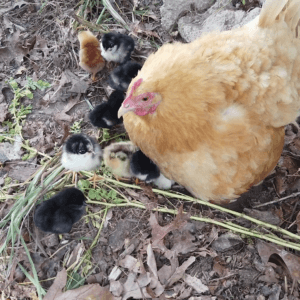


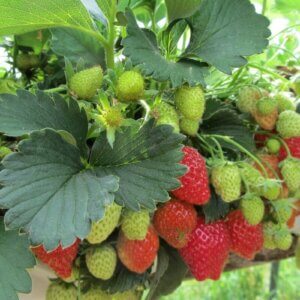


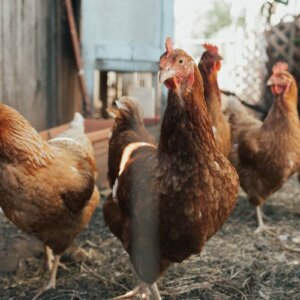
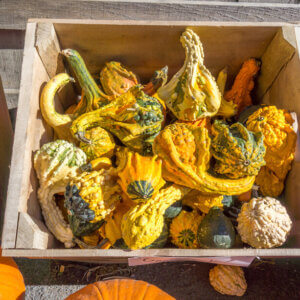

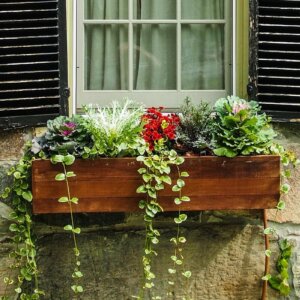




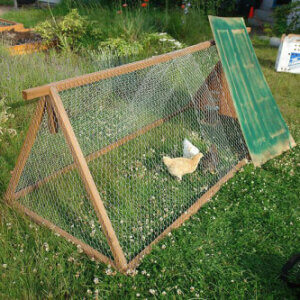
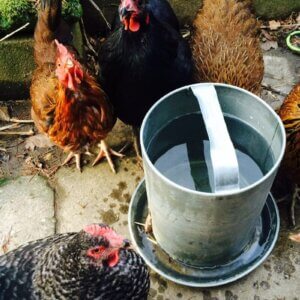
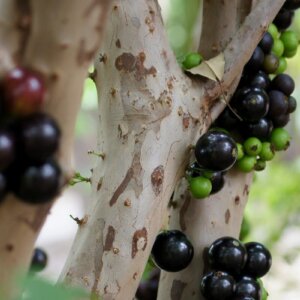





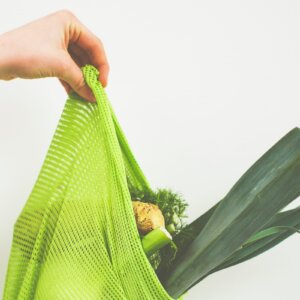




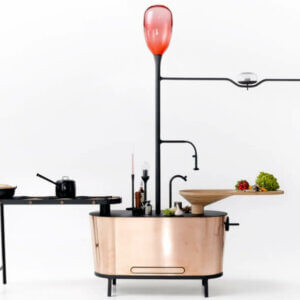
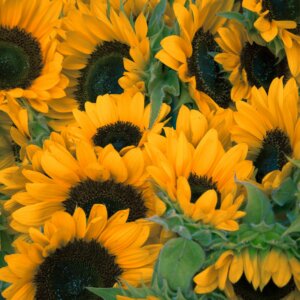


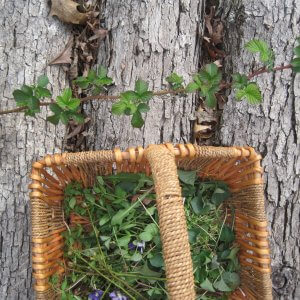

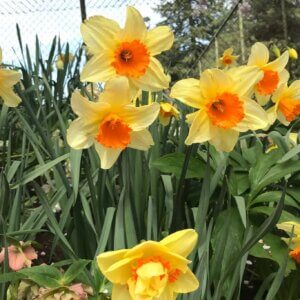


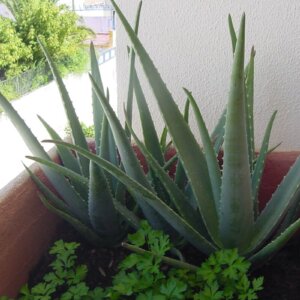

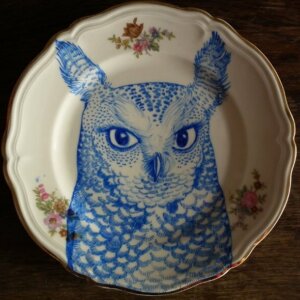
Wow, I never knew snapdragons had so much to them! From their intriguing names to their vibrant colors and even their culinary uses, they’re truly fascinating flowers. I might have to try adding them to my garden this year! 🌸